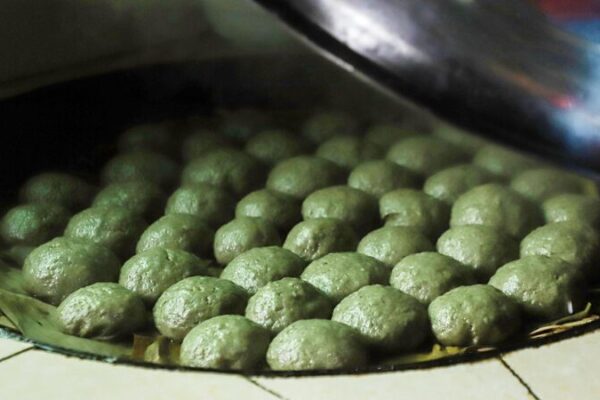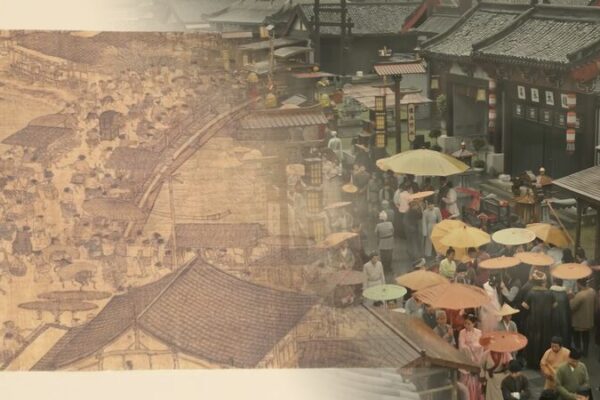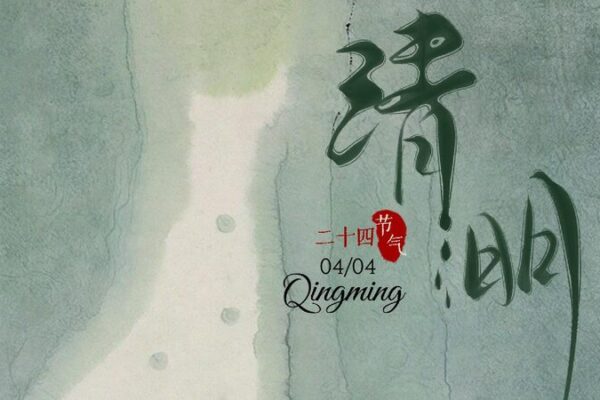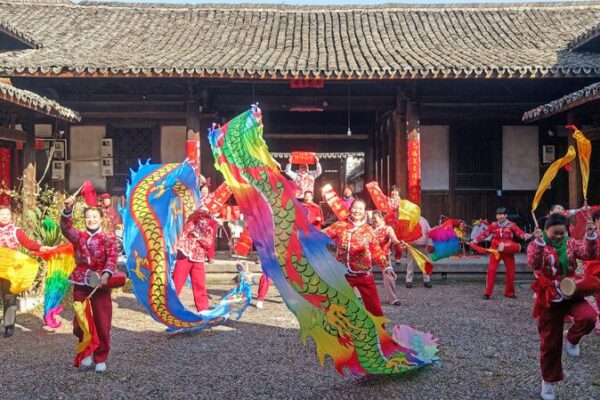From the snow-covered landscapes of China’s north to the sunny beaches of Malaysia, the climate plays a significant role in shaping daily life, agriculture, and traditions. Let’s explore how the diverse climates of these two countries influence the way people live.
China: Embracing the Four Seasons
China spans a vast area, experiencing four distinct seasons: spring, summer, autumn, and winter. Each season brings changes that deeply affect daily routines and cultural events.
Spring
Spring signals a fresh start. The countryside bursts into life as farmers sow seeds. The Qingming Festival, or Tomb-Sweeping Day, occurs during this time. Families pay respects to ancestors and enjoy the blooming scenery.
Summer
Summer heats things up. It’s a time when crops grow rapidly under the warm sun. People cool off with refreshing foods and seek shade during the hottest parts of the day.
Autumn
Autumn is harvest time. Cooler temperatures make it ideal for gathering crops. The Mid-Autumn Festival celebrates the harvest moon, where families reunite, eat mooncakes, and gaze at the luminous sky.
Winter
Winter brings chilly winds, especially in northern regions. Hot pot meals become popular, providing warmth and comfort. It’s a season of rest and preparation for the upcoming year.
Malaysia: Living in Eternal Summer
Located near the equator, Malaysia enjoys a tropical rainforest climate. With high temperatures and abundant rainfall throughout the year, the country doesn’t experience the traditional four seasons.
The Dry Season
Slightly less rainfall makes it a popular time for festivals and outdoor activities.
The Rainy Season
Characterized by heavier rainfall, but life goes on as usual. The consistent climate means agriculture thrives year-round.
Crops like rubber, oil palm, and rice flourish in Malaysia’s humid environment. Farmers can adjust planting schedules based on rainfall patterns rather than strict seasonal changes.
Cultural events in Malaysia are influenced more by traditions and religions than by the weather. Festivals like Hari Raya, Chinese New Year, and Deepavali are celebrated with vibrant activities, irrespective of the season.
Conclusion
The climates of China and Malaysia showcase how weather can mold different lifestyles and traditions. While China’s four seasons have led to a cycle of planting, harvesting, and cultural festivities, Malaysia’s consistent climate allows for continuous agriculture and celebrations that aren’t tied to seasonal changes. Understanding these differences offers a window into the rich diversity of life in these two fascinating countries.
Reference(s):
cgtn.com








